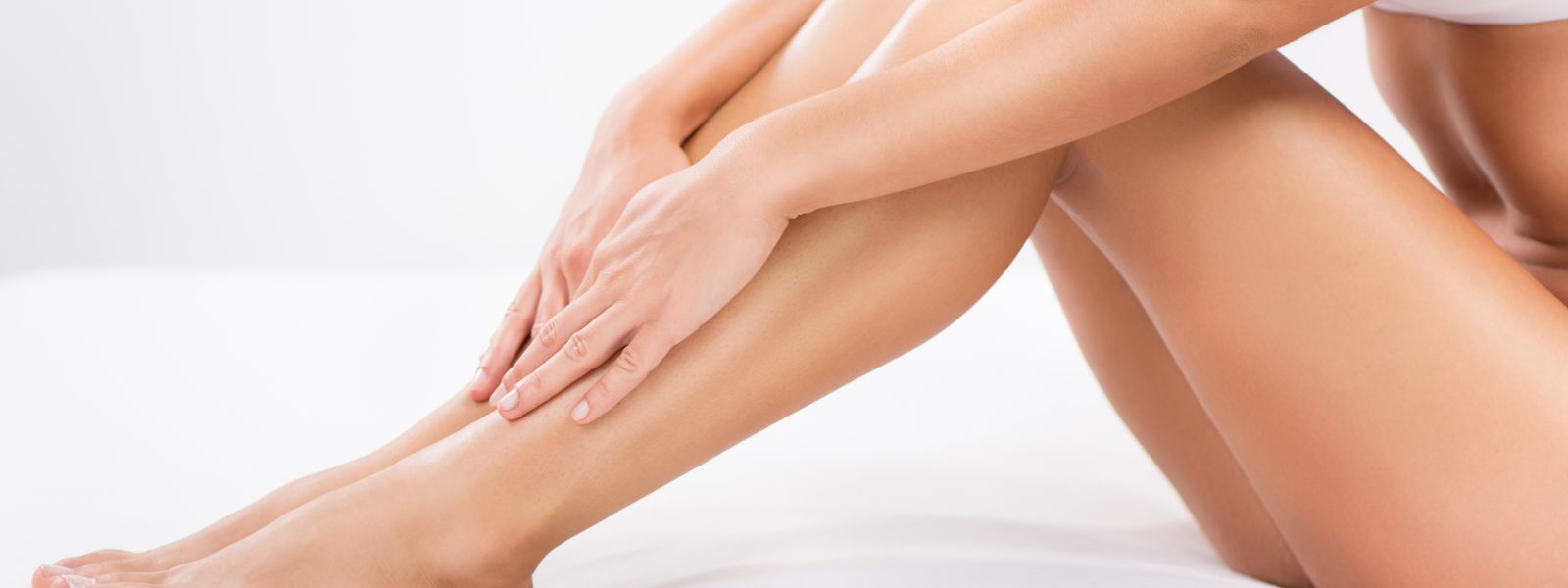Laser Vein Removal
Are spider veins or troublesome vascular lesions disrupting your complexion? It can be easy to let these common cosmetic concerns keep you from feeling comfortable with your skin. Our experts can help you achieve clearer, lustrous skin with cutting-edge vein removal!
Veins and capillaries are blood vessels common to all, and most people have some visible signs close to the skin’s surface. They are a common occurrence, and most people have some visible signs. In some cases, they appear in proliferation and are considered unsightly; treatment of visible veins and capillaries (such as spider veins or telangiectasia) is a commonly sought cosmetic procedure. These vary in size, shape, and number, and may arise from a variety of natural sources, such as aging, genetics, or from the environment, such as sun-damaged skin.
Spider veins are among the most common forms of vascular lesions; nearly anyone can experience them. While the cause of them may not always be known, they can certainly be treated.
Dr. Melanie L. Adams Dermatology is excited to offer laser vein removal with Lutronics devices.
Benefits Of Sclerotherapy
- Achieve a healthier, lustrous, and smoother complexion
- Fast and simple treatment
- No downtime following your appointment
- No anesthetic necessary
- Non-invasive measures are taken
Laser Vein Removal FAQ
A consultation will help determine if a vein removal procedure is right for you and your goals. Our non-surgical vein removal treatments are performed as outpatient procedures in the comfort of our laser spa. To achieve and maintain results, multiple treatments may be required, but our team will work with you to develop the right treatment plan for you.
After several spider vein removal sclerotherapy sessions, most patients notice a 70-90% improvement in the appearance and symptoms. The full effect and benefit of treatment usually take several weeks. For this reason, many sclerotherapy specialists recommend waiting 3-6 weeks in between sclerotherapy treatments. Compared to surgical removal of veins, sclerotherapy costs less, requires no hospital stay and anesthesia, and allows a quicker return to work and normal activities.
Other than leg spider veins, sclerotherapy can eliminate prominent hand and arm veins, chest spider and blue veins, and small veins in other parts of the body. Although sometimes used for facial vein removal, laser vein therapy is a safer option.
In the hands of experienced vein doctors, the discomfort of a vein treatment injection sclerotherapy should be minimal. An occasional spot may be more sensitive than others, but generally, the procedure should be well tolerated for most patients. Even the needle-phobic ones. In fact, most patients are pleasantly surprised at how little discomfort occurs during the procedure.



